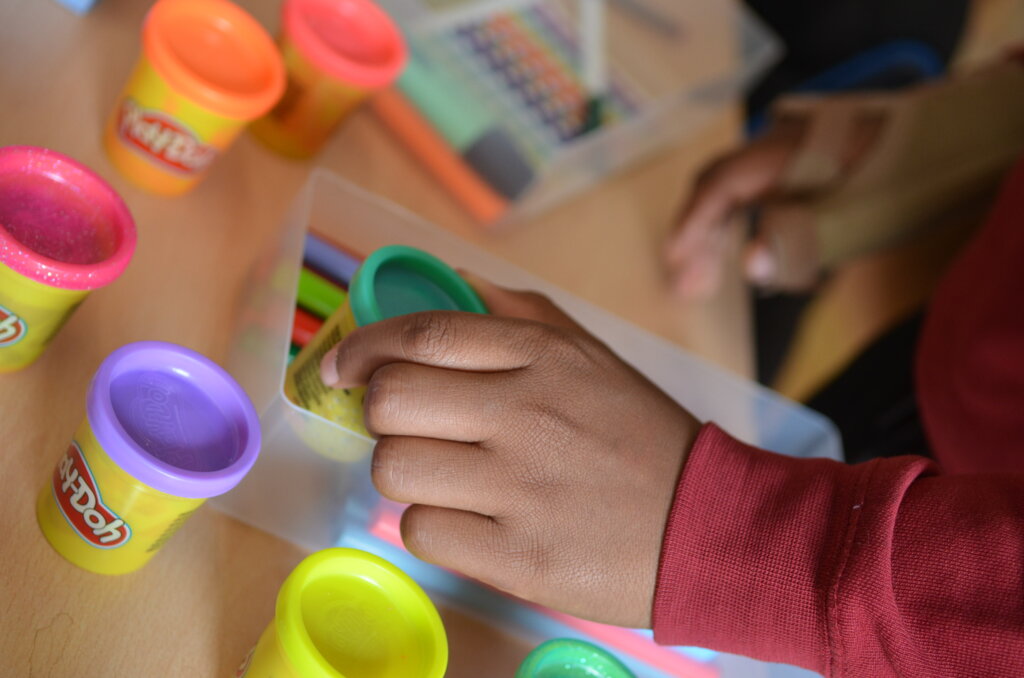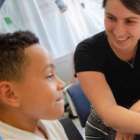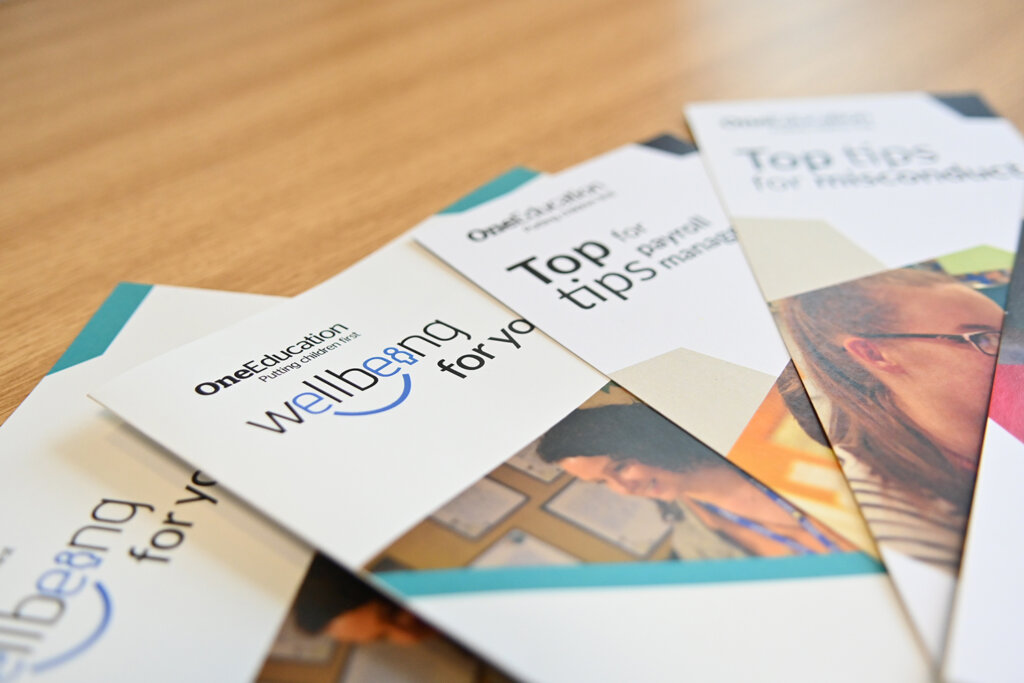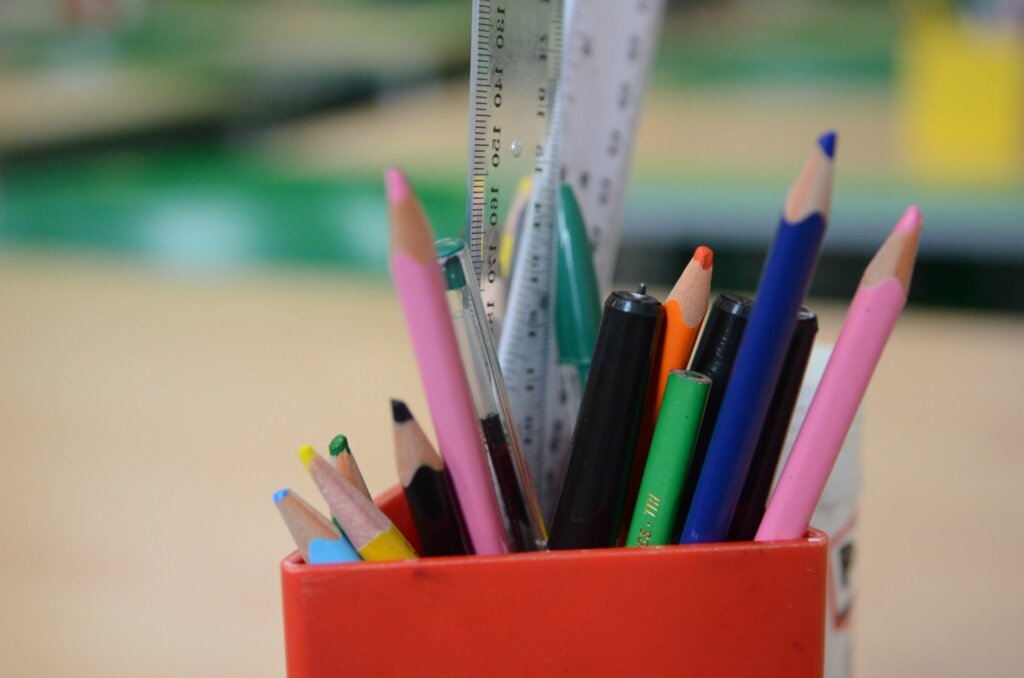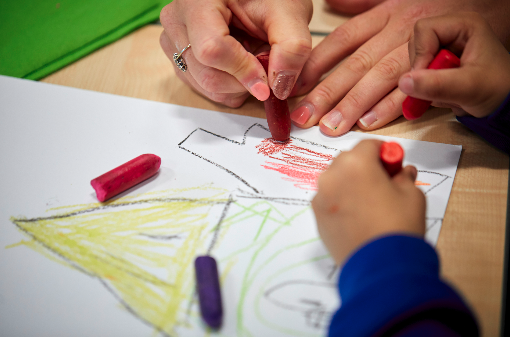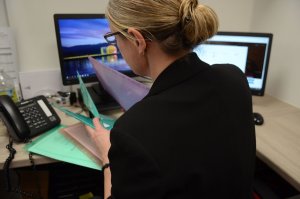Claire Pressdee is one of One Education’s Specialist Inclusion Teacher. She is an experienced SEND trainer and consultant with over 20 years of experience, and has worked in a variety of school settings providing support, advice and training. Claire delivers training on many areas of SEND and regularly mentors SENDco’s and supports school staff and families. She is also a member of several LA’s for EHC assessments.
“ADHD- Ferrari brains with bicycle brakes” (Hallowell 2019).
I recently attended the ADHD Conference at the ADHD Foundation. We had some wonderful international speakers from Dr Ned Hallowell; an ADHD Psychiatrist and author from Boston USA to Lou Brown; an Australian ADHD coach and Consultant. As well as the wonderful Amanda Kirby CEO of DOit – Solution app to support Neurodiversity. Colin Foley the training director of the ADHD foundation (here in the UK) was present and delivering training alongside the wonderful comedian and ambassador for the ADHD foundation – Rory Bremner. Rory was diagnosed as an adult with ADHD.
What a fabulous day it was, with such insightful words spoken. I will share with you my thoughts and reflections on the day. I will also include resources you may find useful if you are an Educational Practioner working with children and young people with ADHD.
Dr Ned Hallowell describes ADHD as “Ferrari brains with bicycle wheels” This is because the ADHD brain is so active, “its high-performance mind the Ferrari needs special mechanics to work on strengthening the breaks, to unwrap the gifts and talents within” Hallowell , 2019). What a positive way to view ADHD! This speed of thought can be both a positive and a negative for the ADHD mind. When the creative slant of the condition is at its best! We need to give out children these creative opportunities to succeed to change our reactions and have more realistic expectations. Look at Greta Thunberg, her neurodiversity (ASD) has been used to the upmost to inspire and lead change with our environment. This has made her into a modern-day global icon.
Rory Bremmer talks about ADHD as being part of our make-up – “neurodiversity, our time has come” (Bremner, 2019). He gives a very honest and open speech about his own difficulties growing up with ADHD. He discussed the pro and cons of ADHD treatment too. He suggested we need to identify ADHD early, as it can have an emotional impact on you as an adult and can make you reflect on what has been / what you can’t do. Leading some people with ADHD to have anxiety, stress and depression. The dangers of not diagnosing ADHD were spoken about with impact of some young adults with ADHD often using drugs and/ or ending up in prison.
Amanda Kirby suggested that “children should be screened for neurodiversity when they’ve been excluded. Look at the prison population where 60% of inmates with Neurodiversity have been excluded from school”.
“Children with recognised SEN are 7x times more likely to experience school exclusions as those without SEN” (Gillet all 2017).
We as educational professionals, must do our part to ensure we have done all we can before it gets to this point. Amanda Kirby also stated “people’s perceptions of ADHD is not as positive as dyslexia which is more understood. So, it’s important to look at overall patterns in functionality and not go down a single diagnostic route” (Kirby, 2019). After all, there is no diagnosis called behaviour. We need to know why, who and what says Amanda Kirby. A diagnosis should be the beginning not the end – so that we can ensure that we are achieving the best we can for all pupils. Amanda likened this to a snakes and ladders board – saying some children are going down the snakes not up the ladders.
Lou Brown states the key message is to “build our curriculum around the child. Children with ADHD experience all emotions more intently. Emotion is also the on/ off switch for learning. We need to help our children through self-regulation, empathy and modelling” (Brown, 2019), as discipline will not rectify a child’s emotional regulation – challenges an area that ADHD children struggle with. “If a child feels they are known, loved and feels secure they may be willing to take a risk and get involve” (Brown, 2019).
Some children also routinely miss out on much needed support because they fall just short of diagnostic markers for ADHD and other neurodiverse differences.
We need to remember that:
- If a child has no diagnosis, but functionally they present as neurodiverse we still must help. These are often our excluded children or are in prisons as an adult.
- Pupils from a low socio-economic status are more likely to be excluded too.
- We need to also appreciate the gender differences with ADHD presentation. Girls present differently with ADHD than boys, as they are less likely to show risky behaviours.
We need to think more holistically!
Training and Continued Professional Development
There is limited training available for teachers. During Initial teacher training (ITT) students are provided with just one day of training around SEND. We NEED to devout more time to training around Neurodiversity in our schools and particularly ADHD, to see past the behaviours and build understanding and improve outcomes for our pupils.
We need to support our children to succeed.
One Education offer ADHD training courses and workshops for schools. To find out more contact One Education on 0161 276 0160 or via our online form.
Below is a list of useful resources and top tips:
(All resources can be downloaded at the end of the blog)
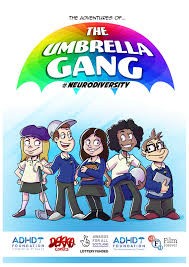
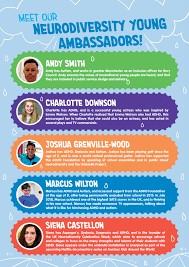
The Umbrella Gang – illustrated comic for 6-12 years olds. It is about the adventures of % neurodiversity friends who overcome stigma, bullying and educate their own schools about neurodiversity. Available as a hard copy if you contact the ADHD foundation and can also be downloaded from the ADHD foundation website.

ADHD with support – Let’s bridge those gaps and providing support to those bicycle wheels! Many of these ideas are from Colin Foley, ADH trainer at the ADHD foundation. I would like to give thanks to him here.
Oracy and communication:
- Coping strategies for ADHD children involves oracy skills. ADHD children need time to talk and to be able to articulate what they need to do in lessons. Ask children to repeat back what you have asked them to do. Consider layering information i.e. give information then STOP, then do it again then stop and talk about it. This develops the connection in the front cortex of the brain.
- Learners with ADHD need to move to learn best. Think about kinaesthetic methods of teaching this could be writing on a poster around the room. Bartering of information during reading comprehension lessons. Our heart beat increase when we stand up increasing our concentration. Keeping pupils engaged and focused helps cognition, attention and mood.
Quiz, quiz trade:– a co-operative learning technique that allows for movement to answer questions.
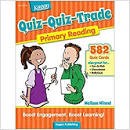
- Think about ear defenders, fidget resources and screens to aid concentration. Think about other ways to get the students to understand the input to lesson.
- Positioning in the classroom to support minimum distraction sit near a wall away from windows and near the front of the room. Consider classroom with minimum clutter and
- distractions e.g. mobiles hanging down to reduce sensory stimulation overload.

Writing:
- When ADHD presents with hyperactivity, there is a preference for gross motor skills over fine motor skills , so consider the use of a computer for writing to support this.
- Use visual aids to support the writing process. Try not to make writing an extended task- produce more quick writes.
Graphic organisers are a good support structure to aid the working memory for our pupils with ADHD. They guide the learners thinking as they fill up and build a visual map or picture.
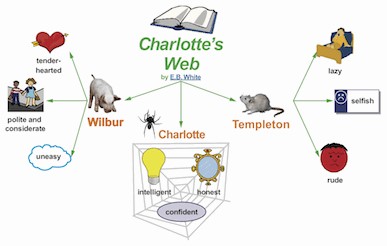
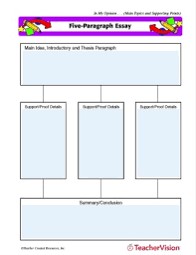
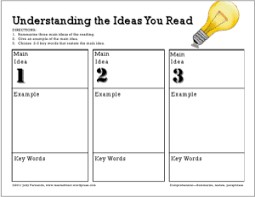
- Organisational resources such as diaries, timetables, planning charts word banks etc can all support a child with ADHD who struggles with planning, organisation, time management and starting and stopping a task.
Most importantly: Give positive praise; focusing on positives!
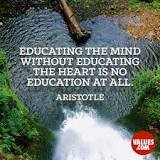
Download all the free resources from this blog
Our specialist SEND Support provides your school with an extensive range of services which can be tailored to suit your school’s specific needs and requirements. Our staff can work with you to complete SEND Audits and offer a wide range of training including ASD, EAL, SEND in the classroom, managing behaviour and writing personalised plans.
We ensure flexibilty with our training so you can fit it in when the time suits you and your staff. Therefore we offer in-school inset or twilight sessions as well as delivering training to individual schools and across a cluster. Bespoke training is also available.
If you would like to find out more or speak to a member of our team about how we can help you, please contact us via our online form or phone on 0161 276 0160.


